Calculate Out-The-Door Price
close
When the super smart engineers designed and built your car, they crunched some numbers and determined exactly how much weight it could carry safely based on the right tire size and pressure. This is what we call the “tire load index.” The tires that come on your vehicle will have the proper load index, so stick to that number or higher when you purchase new tires. You can also check the vehicle’s manual to find the recommended tire size and load rating.
The tire load index tells you how much weight your tire can carry, and overloading your tires is never a good idea! When you put too much weight on your tires, you can cause damage and wear them down prematurely. Even worse, you run the risk of experiencing a tire blowout. Imagine trying to carry a box full of cement blocks.
Just like your legs would buckle under the weight, your tires can completely give out if they’re overloaded.
The tire load index lets you know the load carrying capacity of a tire. In other words, it’s the amount of weight your tire can support safely.
For example, if a tire has a load index of 92, it can support 1,389 pounds at maximum air pressure. Multiply that by four tires (4 x 1,389 = 5,556 pounds) to get your car’s maximum load carrying capacity. Never install tires with a lower load carrying capacity than the original tires that were factory installed on your vehicle.
| Load- Carrying Capacity Index Ratings | |||||
|---|---|---|---|---|---|
| Load Index | Load (lbs) | Load Index | Load (lbs) | Load Index | Load (lbs) |
| 0 | 99 | 50 | 419 | 100 | 1764 |
| 1 | 102 | 51 | 430 | 101 | 1819 |
| 2 | 105 | 52 | 441 | 102 | 1874 |
| 3 | 107 | 53 | 454 | 103 | 1929 |
| 4 | 110 | 54 | 467 | 104 | 1984 |
| 5 | 114 | 55 | 481 | 105 | 2039 |
| 6 | 117 | 56 | 494 | 106 | 2094 |
| 7 | 120 | 57 | 507 | 107 | 2149 |
| 8 | 123 | 58 | 520 | 108 | 2205 |
| 9 | 128 | 59 | 536 | 109 | 2271 |
| 10 | 132 | 60 | 551 | 110 | 2337 |
| 11 | 136 | 61 | 567 | 111 | 2403 |
| 12 | 139 | 62 | 584 | 112 | 2469 |
| 13 | 143 | 63 | 600 | 113 | 2535 |
| 14 | 148 | 64 | 617 | 114 | 2601 |
| 15 | 152 | 65 | 639 | 115 | 2679 |
| 16 | 157 | 66 | 639 | 116 | 2756 |
| 17 | 161 | 67 | 677 | 117 | 2833 |
| 18 | 165 | 68 | 694 | 118 | 2910 |
| 19 | 171 | 69 | 716 | 119 | 2998 |
| 20 | 176 | 70 | 739 | 120 | 3086 |
| 21 | 182 | 71 | 761 | 121 | 3197 |
| 22 | 187 | 72 | 783 | 122 | 3307 |
| 23 | 193 | 73 | 805 | 123 | 3417 |
| 24 | 198 | 74 | 827 | 124 | 3527 |
| 25 | 204 | 75 | 852 | 125 | 3638 |
| 26 | 209 | 76 | 882 | 126 | 3748 |
| 27 | 215 | 77 | 908 | 127 | 3858 |
| 28 | 220 | 78 | 937 | 128 | 3968 |
| 29 | 227 | 79 | 963 | 129 | 4079 |
| 30 | 234 | 80 | 992 | 130 | 4189 |
| 31 | 240 | 81 | 1019 | 131 | 4289 |
| 32 | 247 | 82 | 1047 | 132 | 4409 |
| 33 | 254 | 83 | 1074 | 133 | 4541 |
| 34 | 260 | 84 | 1102 | 134 | 4674 |
| 35 | 267 | 85 | 1135 | 135 | 4806 |
| 36 | 276 | 86 | 1168 | 136 | 4938 |
| 37 | 282 | 87 | 1201 | 137 | 5071 |
| 38 | 291 | 88 | 1235 | 138 | 5203 |
| 39 | 300 | 89 | 1279 | 139 | 5357 |
| 40 | 309 | 90 | 1323 | 140 | 5512 |
| 41 | 320 | 91 | 1356 | 141 | 5677 |
| 42 | 331 | 92 | 1389 | 142 | 5842 |
| 43 | 342 | 93 | 1433 | 143 | 6008 |
| 44 | 353 | 94 | 1477 | 144 | 6173 |
| 45 | 364 | 95 | 1521 | 145 | 6393 |
| 46 | 375 | 96 | 1565 | 146 | 6614 |
| 47 | 386 | 97 | 1609 | 147 | 6779 |
| 48 | 397 | 98 | 1653 | 148 | 6844 |
| 49 | 408 | 99 | 1709 | 149 | 7165 |
| 150 | 7385 | ||||
As you can tell, the tire load index is massively important when you’re shopping for new tires.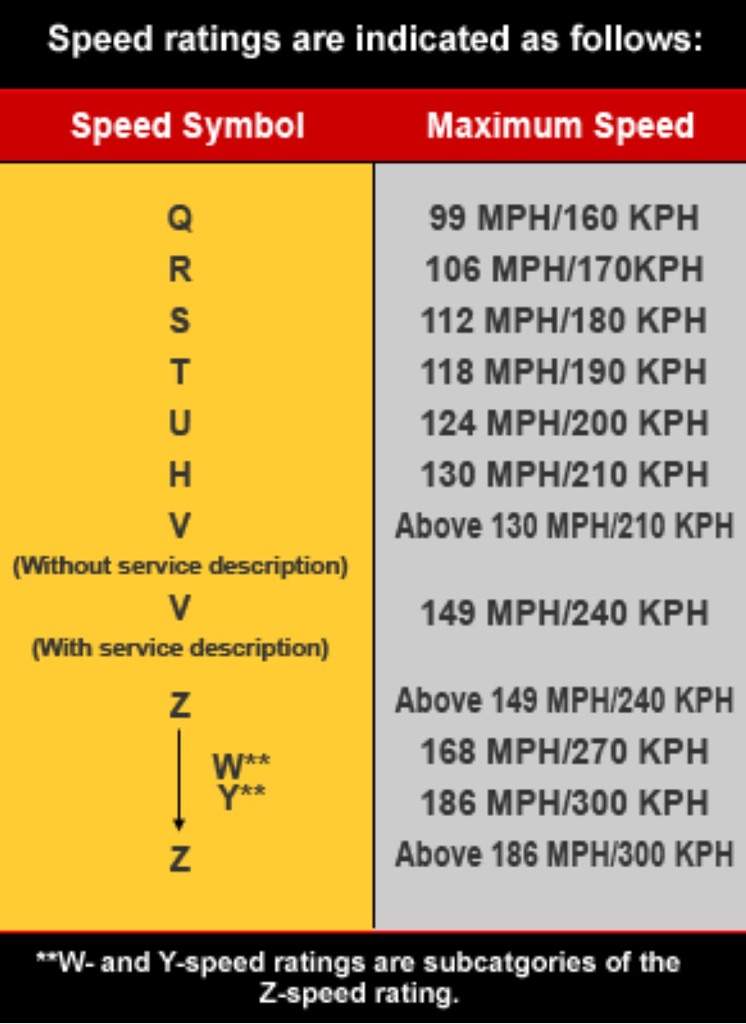 When it’s time to select new tires for your vehicle, you must select tires that can support your car’s Gross Vehicle Weight Rating (GVWR). This number can be found in the owner’s manual. To determine if a set of tires will work on your particular car, use the tire load index chart to see how many pounds each tire can support. Multiply that by four (since your vehicle will use four tires). As long as that number is greater than the GVWR of your vehicle, those tires should work. If you think that sounds like a lot of math, don’t worry. Sit back, relax, and let the expert of Tires Plus do the hard work for you. Schedule your appointment for brand new tires today!
When it’s time to select new tires for your vehicle, you must select tires that can support your car’s Gross Vehicle Weight Rating (GVWR). This number can be found in the owner’s manual. To determine if a set of tires will work on your particular car, use the tire load index chart to see how many pounds each tire can support. Multiply that by four (since your vehicle will use four tires). As long as that number is greater than the GVWR of your vehicle, those tires should work. If you think that sounds like a lot of math, don’t worry. Sit back, relax, and let the expert of Tires Plus do the hard work for you. Schedule your appointment for brand new tires today!
{{storeNumber}}
{{storeName}}
{{link-icon "Call Us" mobileCallLink null "call-cta"}} {{link-icon "Directions" directions "_blank" "directions-cta"}}
{{address}}
{{city}}, {{state}} {{zip}}
{{#if activeFlag}} {{#ifCond mystore "or" myPreferredStore}} {{#ifCond storeType 'eq' "TPL"}}
*Call store for appointment {{phone}}
{{else}} {{#if onlineAppointmentActiveFlag }}
{{#if myPreferredStore}}
{{else}}
*Call store for appointment {{phone}}
{{/if}} {{/ifCond}} {{else}} {{#ifCond storeType 'eq' "TPL"}}
*Call store for appointment {{phone}}
{{else}}
Schedule Appointment {{#if onlineAppointmentActiveFlag}} {{else}}
*Call store for appointment {{phone}}
{{/if}}
{{/ifCond}} {{/ifCond}} {{else}}
*Temporarily Closed Due To: {{temporarilyClosedReason}}
{{/if}} {{#if isMilitaryStore}}
*This location is on an active US military base.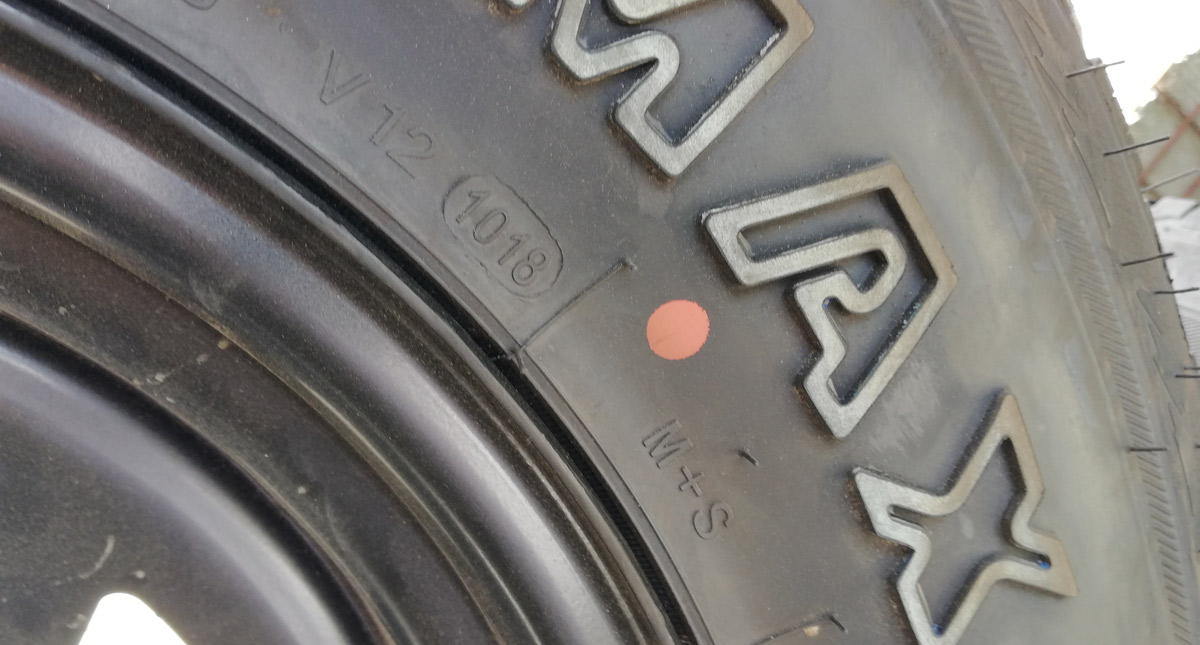 You may need military ID to access the location.
You may need military ID to access the location.
{{/if}}
{{#ifCond count 'eq' "3"}} Show More Stores {{/ifCond}}
Tread style, appearance, size and cost play into most consumers’ tire-buying needs, but how often do we ensure that our new tires will be able to support the kind of weight we’ll be placing them under? Going beyond the common load range letter most of us are accustomed to seeing along the sidewall, it’s time to get acquainted with the term load index and what that number means.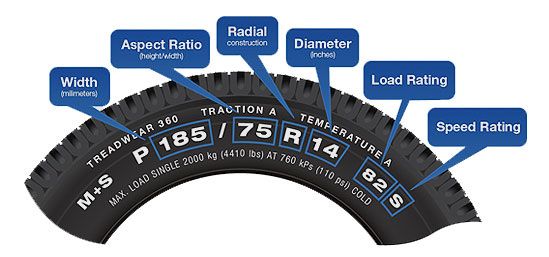 Why? As proof that not all tires are created equal, the load range classification can be a bit deceiving in determining a tire’s load carrying capacity. Load index represents the exact weight the tire can safely support. For more on this often-overlooked tire specification, we’ll define load index, illustrate why it’s more important than load range and give you a path to finding yours below.
Why? As proof that not all tires are created equal, the load range classification can be a bit deceiving in determining a tire’s load carrying capacity. Load index represents the exact weight the tire can safely support. For more on this often-overlooked tire specification, we’ll define load index, illustrate why it’s more important than load range and give you a path to finding yours below.
Load index is the load carrying capacity of your tire. Displayed in both pounds and kilograms, it denotes how much weight each tire can safely support. The tire’s load index is present on the sidewall, oftentimes directly to the right of the tire’s size (above, the “125” is the load index). While a tire’s load index isn’t referred to nearly as much as its load range is, it’s also not as vague (the higher the load index number simply means the higher its load carrying capacity is), giving you a specific load rating instead of a generalized load range.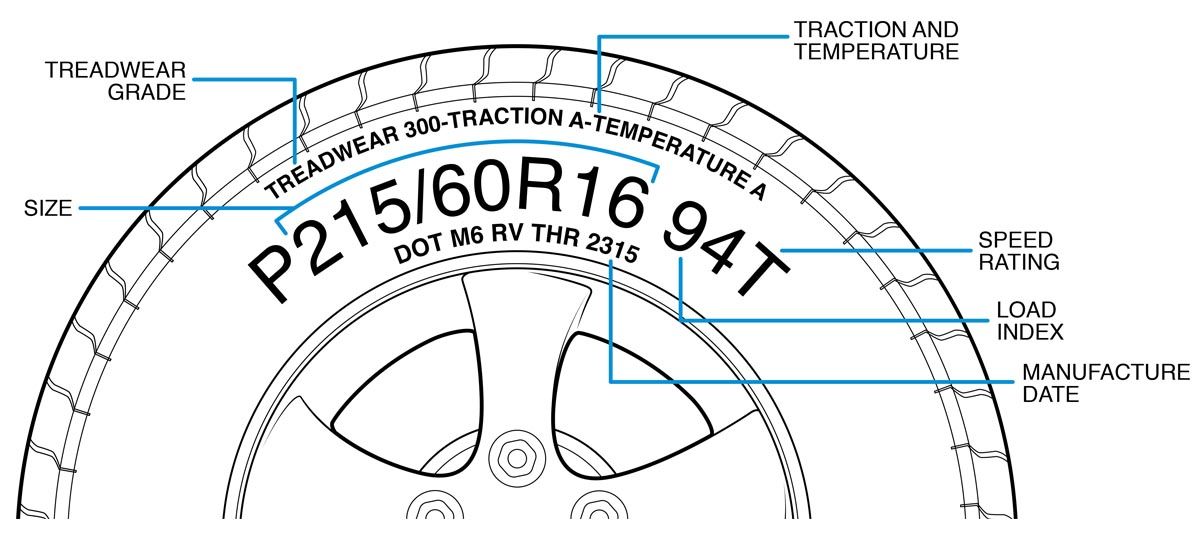 Unsure what your tires’ load index is? You can find convenient load index charts at both Discount Tire and Tires Plus.
Unsure what your tires’ load index is? You can find convenient load index charts at both Discount Tire and Tires Plus.
In short, load range is an outdated way of listing a tire’s load carrying capacity. Listed on the sidewall as a letter (C through F are most common), it’s based on the tire’s ply rating. The higher the ply count the higher the manufacturer rates the tire’s load carrying capacity. However, with all the advancements in modern tire technology, fewer (yet stronger) plies are used these days, which makes the load range measurement a bit blurry in many instances.
It’s very important that you don’t mistake these two as being the same. While load index is an exact specification, load range can be a bit misleading. For example, one tire manufacturer’s E load range tire may have a load index that is the same or even lower than another brand’s D load range tire. We’ve seen E load range tires with a load index of just 109 (2,271 pounds per tire), but D load range tires with a 118 load index (2,910 pounds). Long story short, load range isn’t the end-all, be-all for a tire’s load carrying ability. Don’t purchase a set of tires for your tow-rig based on load range alone.
We’ve seen E load range tires with a load index of just 109 (2,271 pounds per tire), but D load range tires with a 118 load index (2,910 pounds). Long story short, load range isn’t the end-all, be-all for a tire’s load carrying ability. Don’t purchase a set of tires for your tow-rig based on load range alone.
So what happens when you overload a tire? If you’re lucky, all you notice is the visual sidewall sag present at the bottom of the tire. The tire will look similar to one that’s under-inflated. If you aren’t so lucky, or continue to drive the vehicle with overloaded tires, premature tread wear will inevitably occur. In a worst case scenario, you could experience a blow-out, where—in the midst of such an explosive tire failure—collateral damage can result (such as a damaged fender well liner, fender flare or even the fender itself).
Another example that showcases why load range isn’t everything can be found by comparing Nitto’s LT295/65R20 Terra Grappler G2, which has an E load range, with the F load range LT305/55R20 version of the same tire.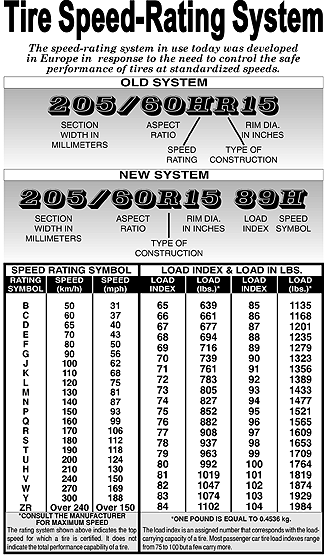 In this case, the LT305/55R20 (though being F-rated) has the lower load index of 125 vs. the 129 load index of the LT295/65R20 G2’s. In this case the F load range tire actually has the lesser load carrying capacity (3,640 pounds vs. 4,080 pounds).
In this case, the LT305/55R20 (though being F-rated) has the lower load index of 125 vs. the 129 load index of the LT295/65R20 G2’s. In this case the F load range tire actually has the lesser load carrying capacity (3,640 pounds vs. 4,080 pounds).
Keep in mind that a tire’s peak load carrying capacity can only be achieved at the manufacturer’s maximum inflation pressure. This too is printed on the tire’s sidewall. A few things to keep in mind when airing up to max inflation is to: 1. Air up when the tire is cold (for utmost accuracy and to avoid over-inflating) and 2. Though your load carrying capacity will increase with inflation pressure, ride quality may suffer (for example, there can be a noticeable change in comfort when going from 55 psi up to 80 psi).
If you’ve paid attention to today’s lesson so far you know that, on a single rear wheel truck with a 10,000-pound gross vehicle weight rating (GVWR), the tire information listed here in the size column means they possess a load index of 125. And because a load index of 125 means that each tire can carry 3,638 pounds apiece (14,552 pounds in total), the truck is more than capable of operating at its 10,000-pound GVWR safely. Many of you will also recognize that the second number (122) points out the tires’ load index when used in a dual rear wheel application (3,307 pounds apiece in that instance). In case you were wondering, the “R” means these specific tires are rated for speeds of up to 106 mph.
And because a load index of 125 means that each tire can carry 3,638 pounds apiece (14,552 pounds in total), the truck is more than capable of operating at its 10,000-pound GVWR safely. Many of you will also recognize that the second number (122) points out the tires’ load index when used in a dual rear wheel application (3,307 pounds apiece in that instance). In case you were wondering, the “R” means these specific tires are rated for speeds of up to 106 mph.
When buying new tires always remember that it’s best to stick with tires that have the same load index (or a higher one) that came on the vehicle from the factory. This is especially important for vehicles that tow or haul at or near their maximum GCWR or GVWR capacity. You can go with a bigger tire, provided its approved rim width matches the wheel size on your vehicle, but don’t sacrifice safety by switching to a tire with a lower load index.
Load index (it is also the index of carrying capacity or bearing capacity) - this is the name of the maximum allowable weight, under the pressure of which the tire is able to function normally. This indicator is especially important for owners of trucks, since the weight of their cars is constantly changing and can reach huge values.
To increase the load index, tire manufacturers are using stronger materials and reinforcing the roll. Rubber becomes more stable, but its rigidity inevitably increases. This means that the higher the load index, the less comfortable the ride will be. Hard rubber not only absorbs worse, but also creates a rumble while driving.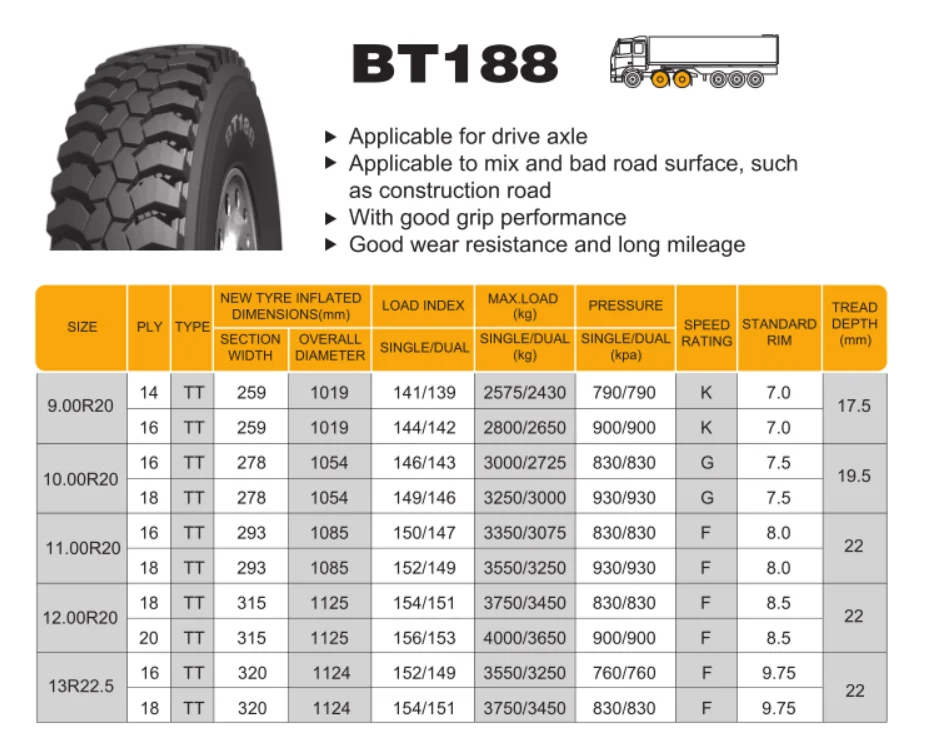 The only way to make driving a car more comfortable is to take tires with a lower load index. In this case, the owner will no longer be able to transport the previous amount of cargo, but the car will move more smoothly, and the pressure on the suspension will decrease.
The only way to make driving a car more comfortable is to take tires with a lower load index. In this case, the owner will no longer be able to transport the previous amount of cargo, but the car will move more smoothly, and the pressure on the suspension will decrease.
In order to avoid confusion, global tire manufacturers use a single index table in the manufacture of tires. The smallest load index among the existing ones is 0. It corresponds to an indicator of 45 kilograms. This means that a tire with this index is able to withstand loads up to 45 kilograms. The maximum index is 230 with a corresponding figure of 33,500 kilograms.
These figures represent optimal values, not limit values. For example, if the load index of a tire corresponds to five hundred kilograms, then this does not mean that with a load of 600 kg the tire will be torn apart. From time to time it is permissible to exceed the recommended load by twenty to thirty percent.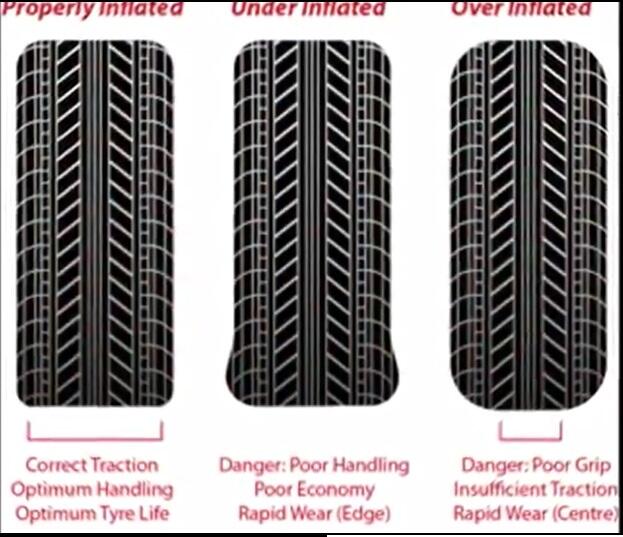 But when buying tires, you should focus on the recommended value, which, along with the speed index, is indicated in the technical documents of any car.
But when buying tires, you should focus on the recommended value, which, along with the speed index, is indicated in the technical documents of any car.
The load index is not the only indicator by which one can judge the bearing capacity of a tire. There is also the concept of ply rating or PR (from the English “ply rating”). The higher this figure, the greater the load the tire can withstand. For example, for passenger cars, the ply rate is in the range from 4 to 6 PR, and tires with a PR value of 6-8 are usually installed on minibuses or small trucks. For large-sized vehicles, like agricultural machinery, tires marked "Reinforced" (literally - "reinforced") or XL are used. This tire has the maximum ply and is able to withstand the heaviest loads. An alternative option is the sign "C", that is, "commercial". It is put on tires for vehicles with a large load capacity.
And yet, the ply rate, as an indicator of the optimal load, is imperfect.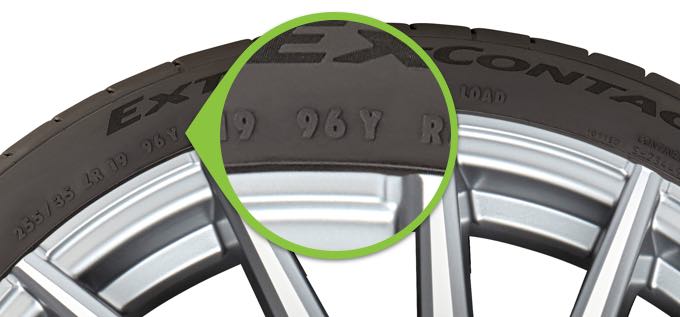 Tires of different sizes with the same ply rating are able to withstand completely different loads, so ply rating is not an independent indicator. Today, tire manufacturers use it less and less and indicate the load-bearing capacity on the sidewall.
Tires of different sizes with the same ply rating are able to withstand completely different loads, so ply rating is not an independent indicator. Today, tire manufacturers use it less and less and indicate the load-bearing capacity on the sidewall.
Sometimes, in addition to the load index, the manufacturer indicates the maximum permissible load in kilograms. To recognize it, you need to find the inscription “max. load" followed by a number.
It is important to note that the limit load rating is always per tire. To calculate the coefficient for a car, you need to multiply the value by four.
The bearing capacity coefficient is related to the speed index discussed at the beginning. For example, the 80R marking means that the recommended speed for the tire is 170 km / h, and the maximum load is 450 kilograms. But after all, the load on the tire is directly proportional to the speed: the faster the car moves, the higher the load on the tire. To avoid confusion, on each tire, manufacturers indicate the load factor for the maximum allowable speed. In the example above, a load of up to 450 kilograms would be allowed at a speed of 170 km/h. If you go slower, then you can take more cargo. The reverse is also true: if the pressure on the wheels is reduced, the recommended speed limit can be exceeded. There is a formula: five percent weight reduction allows you to increase the maximum speed by 10 kilometers per hour.
To avoid confusion, on each tire, manufacturers indicate the load factor for the maximum allowable speed. In the example above, a load of up to 450 kilograms would be allowed at a speed of 170 km/h. If you go slower, then you can take more cargo. The reverse is also true: if the pressure on the wheels is reduced, the recommended speed limit can be exceeded. There is a formula: five percent weight reduction allows you to increase the maximum speed by 10 kilometers per hour.
All technical information about the tire is printed on its sidewalls. The name of the manufacturer, model, type of cord, country of manufacture and other data are noted there. Among other information, there is always a block of information on the sidewall, which is called the standard size. Let's take size 185/75R14 82S as an example. Here 185 is the width of the tire in millimeters, 75 is the height in millimeters, R is the type of tire (in this case, radial, but can also be diagonal and denoted by the letter D or diagonally belted and denoted by the letter B), 14 is the rim diameter in inches, 82 - load index (475 kilograms), S - speed index (180 km / h).
Twin tires are sometimes used for large trucks. The limit load coefficient for each tire in a pair may vary, and in this case, the load index is indicated for each tire separately, through a fraction.
(in - load index, kg - weight in kilograms)
Every car enthusiast wants new tires to last at least a couple of seasons - this is both convenient and profitable. However, increased loads on the tire can negate all efforts to keep the rubber in good condition for as long as possible. That is why, when choosing new tires, it is necessary to pay attention to such an indicator as the tire load index, the decoding of which contains important information for each driver. On the tire, it is applied next to the speed index and is indicated by numbers - for example, 98T (where 98 is the load index, T is the speed index).
The load index can be loosely referred to as the load carrying capacity of a tire - in other words, it is the load limit of a car equipped with specific tires at the maximum specified speed.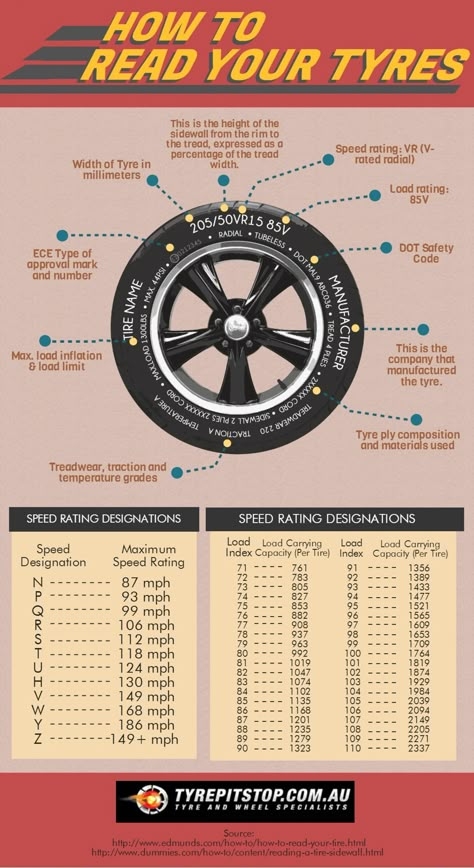 The load indexes of passenger car tires range from 60 to 125 units (or from 250 to 1650 kg).
The load indexes of passenger car tires range from 60 to 125 units (or from 250 to 1650 kg).
It is worth noting that a variety of indicators influence this parameter: the degree of tread wear, the tire temperature, and much more. To slightly smooth out the influence of these factors, the manufacturer always leaves a margin of safety of at least 20%.
It is especially important to take into account the load index when moving on domestic roads - the wheel, once in the pit, must withstand the blow. If you do not pay attention to these parameters and load the car more than it is provided, then the likelihood that the tire will not withstand the load increases significantly.
Of course, such coefficients are always calculated with a margin, but it is better to save tire resources for some unforeseen event, and in normal operation it is better to save rubber. After all, tires whose load index is within the acceptable level last longer.
Consider a specific example - your tire is marked 98 T:
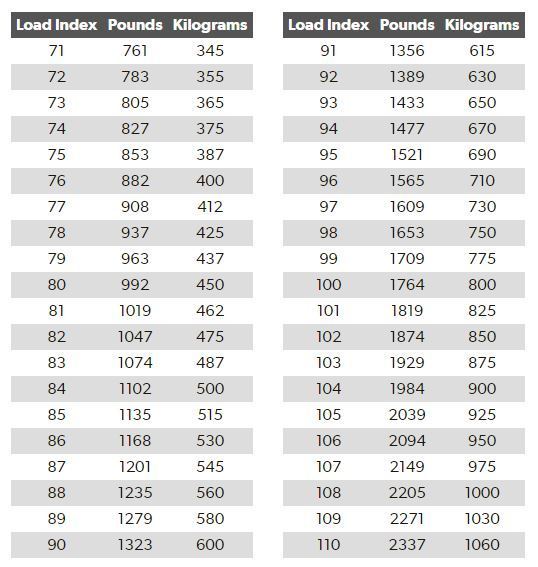
However, the load index is the maximum allowable value, the top, which is not worth climbing. The weight of the car and load is not always evenly distributed between the front and rear axles, and passengers often sit in the wrong place for balance, and therefore there should always be a small margin. The most optimal and safe is the load in the amount of not more than 35% of the total mass of the car. In the end, for the transport of particularly heavy loads, you can always buy tires whose tire load index, the table of which is presented on our website, will be higher. But keep in mind that in this case, the load on the suspension will also increase, and this can lead to its premature wear.
But keep in mind that in this case, the load on the suspension will also increase, and this can lead to its premature wear.
In conclusion, we note another important nuance - the tire load index should not be less than that indicated on the tires in the basic configuration of the car. Failure to follow this rule may result in an accident. The best solution for calculating the load index is the recommendations of the car manufacturer, indicated in its technical documentation.
Below is a complete table of indexes (coefficients) of load capacity :
| LI | kg | LI | kg | LI | kg | LI | kg | LI | kg | LI | kg | LI | kg |
|---|---|---|---|---|---|---|---|---|---|---|---|---|---|
| 0 | 45 | 40 | 140 | 80 | 450 | 120 | 1400 | 160 | 4500 | 200 | 14000 | 240 | 45000 |
| one | 46. 2 2 | 41 | 145 | 81 | 462 | 121 | 1450 | 161 | 4625 | 201 | 14500 | 241 | 46250 |
| 2 | 47.5 | 42 | 150 | 82 | 475 | 122 | 1500 | 162 | 4750 | 202 | 15000 | 242 | 47500 |
| 3 | 48.7 | 43 | 155 | 83 | 487 | 123 | 1550 | 163 | 4875 | 203 | 15500 | 243 | 48750 |
| four | fifty | 44 | 160 | 84 | 500 | 124 | 1600 | 164 | 5000 | 204 | 16000 | 244 | 50000 |
| 5 | 51. 5 5 | 45 | 165 | 85 | 515 | 125 | 1650 | 165 | 5150 | 205 | 16500 | 245 | 51500 |
| 6 | 53 | 46 | 170 | 86 | 530 | 126 | 1700 | 166 | 5300 | 206 | 17000 | 246 | 53000 |
| 7 | 54.5 | 47 | 175 | 87 | 545 | 127 | 1750 | 167 | 5450 | 207 | 17500 | 247 | 54500 |
| eight | 56 | 48 | 180 | 88 | 560 | 128 | 1800 | 168 | 5600 | 208 | 18000 | 248 | 56000 |
| 9 | 58 | 49 | 185 | 89 | 580 | 129 | 1850 | 169 | 5800 | 209 | 18500 | 249 | 58000 |
| ten | 60 | fifty | 190 | 90 | 600 | 130 | 1900 | 170 | 6000 | 210 | 19000 | 250 | 60000 |
| eleven | 61.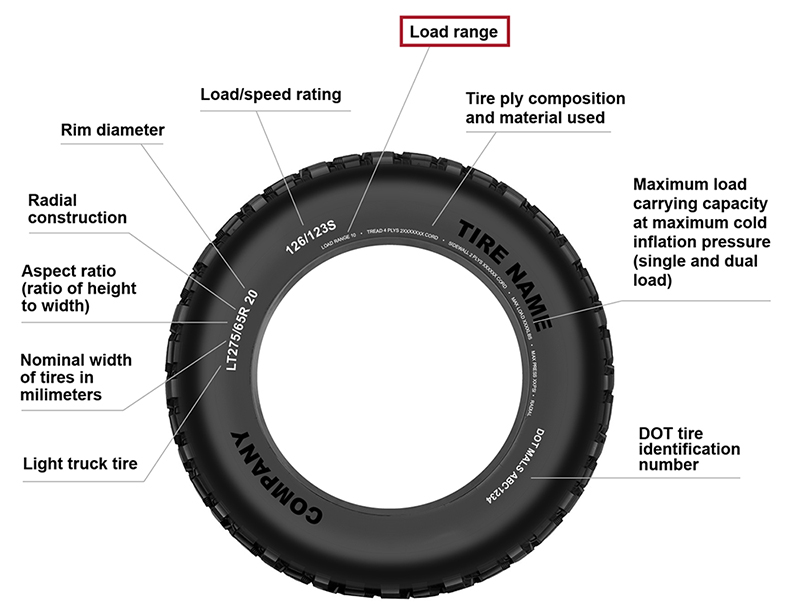 5 5 | 51 | 195 | 9one | 615 | 131 | 1950 | 171 | 6150 | 211 | 19500 | 251 | 61500 |
| 12 | 63 | 52 | 200 | 92 | 630 | 132 | 2000 | 172 | 6300 | 212 | 20000 | 252 | 63000 |
| 13 | 65 | 53 | 206 | 93 | 650 | 133 | 2060 | 173 | 6500 | 213 | 20600 | 253 | 65000 |
| fourteen | 67 | 54 | 212 | 94 | 670 | 134 | 2120 | 174 | 6700 | 214 | 21200 | 254 | 67000 |
| fifteen | 69 | 55 | 218 | 95 | 690 | 135 | 2180 | 175 | 6900 | 215 | 21800 | 255 | 69000 |
| 16 | 71 | 56 | 224 | 96 | 710 | 136 | 2240 | 176 | 7100 | 216 | 22400 | 256 | 71000 |
| 17 | 73 | 57 | 230 | 97 | 730 | 137 | 2300 | 177 | 7300 | 217 | 23000 | 257 | 73000 |
| eighteen | 75 | 58 | 236 | 98 | 750 | 138 | 2360 | 178 | 7500 | 218 | 23600 | 258 | 75000 |
| 19 | 77. 5 5 | 59 | 243 | 99 | 775 | 139 | 2430 | 179 | 7750 | 219 | 24300 | 259 | 77500 |
| twenty | 80 | 60 | 250 | 100 | 800 | 140 | 2500 | 180 | 8000 | 220 | 25000 | 260 | 80000 |
| 21 | 82.5 | 61 | 257 | 101 | 825 | 141 | 2575 | 181 | 8250 | 221 | 25750 | 261 | 82500 |
| 22 | 86 | 62 | 265 | 102 | 850 | 142 | 2650 | 182 | 8500 | 222 | 26500 | 262 | 85000 |
| 23 | 87.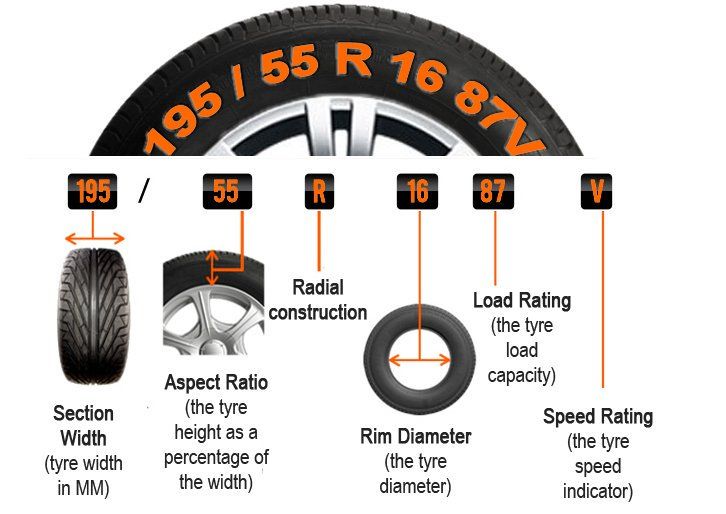 5 5 | 63 | 272 | 103 | 875 | 143 | 2725 | 183 | 8750 | 223 | 27250 | 263 | 87500 |
| 24 | 90 | 64 | 280 | 104 | 900 | 144 | 2800 | 184 | 9000 | 224 | 28000 | 264 | |
| 25 | 92.5 | 65 | 290 | 105 | 925 | 145 | 2900 | 185 | 9250 | 225 | 29000 | 265 | 92500 |
| 26 | 95 | 66 | 300 | 106 | 950 | 146 | 3000 | 186 | 9500 | 226 | 30000 | 266 | 97500 |
| 27 | 97.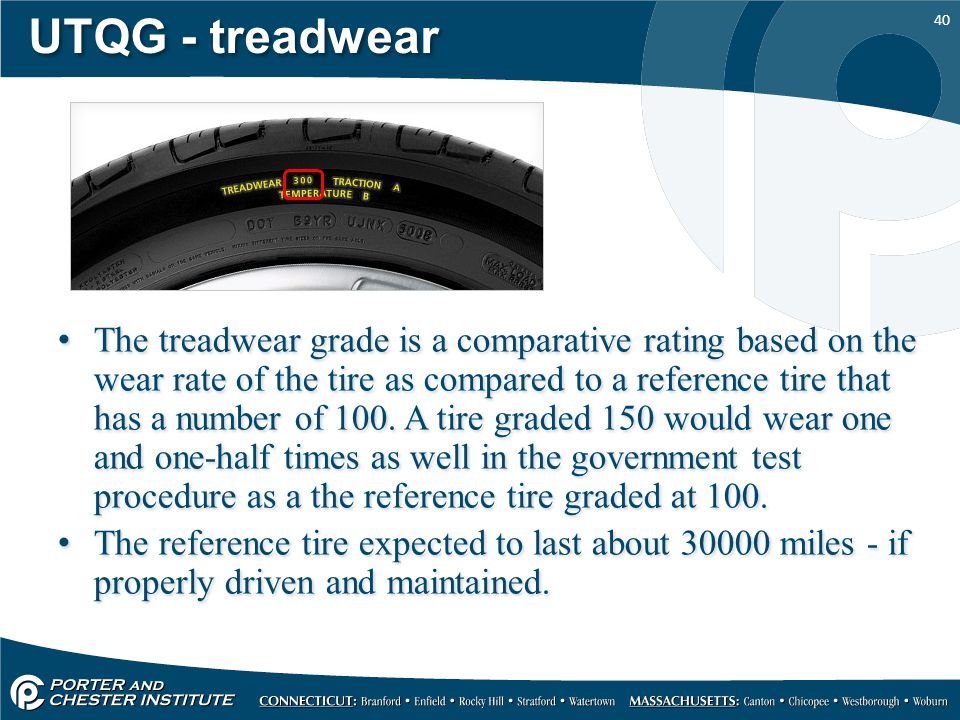 |